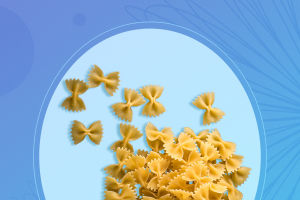According to archaeological findings, jellyfish have existed on Earth for more than 650 million years. They are known as fairies in the water due to their colorful and glowing appearance.
However, jellyfish, like octopuses, can be notoriously difficult to keep. Despite this, many people still attempt to keep jellyfish, but often end up failing. So, how should jellyfish be kept and what should we pay attention to during the process of raising them?
To keep jellyfish well, they must be provided with comfortable living and eating conditions. Jellyfish need good water quality, suitable water temperature, appropriate lighting, and food.
1. Water Quality: Jellyfish are mostly seawater jellyfish, while freshwater jellyfish are less common. Freshwater jellyfish are also mostly protected animals, so we can only raise seawater jellyfish.
To prepare for seawater, we need to establish an ecosystem in the seawater. A filter must be installed in the aquarium to ensure clean water. It is important to note that when circulating and filtering the water in the aquarium, the water flow rate must be controlled and not too fast.
2. Water Temperature: Jellyfish are delicate aquatic creatures and have very specific temperature requirements. The maximum temperature should not exceed 30°C and the minimum temperature should not be lower than 15°C. These are the two critical values for jellyfish on the verge of death.
The best temperature for jellyfish is 25°C, at which their body functions and health will be optimal. Above or below 25°C, it is obvious that the jellyfish's vitality is reduced. Therefore, we must install a thermostat in the aquarium to ensure that they always live in an environment of about 25°C.
3. Lighting: Jellyfish contain symbiotic single-celled algae. This type of algae has the same characteristics as algae, which is photosynthesis. Since it is coexisting, the presence of unicellular algae does not harm the jellyfish in any way. All the nutrients produced by its photosynthesis are provided to jellyfish to promote their growth.
In turn, jellyfish produce some nitrogen waste through metabolism, which is one of the important raw materials for jellyfish to carry out photosynthesis. Therefore, we must provide enough light in the aquarium for the single-celled bugloss algae to carry out photosynthesis.
However, it is important to note that the light we provide to the water surface should not be too strong, and the light should preferably be dimmer.
Because the jellyfish as a whole is almost transparent, and some of them are luminous. If we provide too much light, we will not appreciate the beauty of the jellyfish itself.
4. Food: Jellyfish in nature survive by feeding on plankton in seawater. Therefore, the bait we feed jellyfish is mainly plankton in the sea. When feeding the jellyfish, they will swim around in the water and absorb food such as shrimp into their tentacles and umbrella wings for digestion.
When feeding a jellyfish, don't feed it too much at a time, but feed it a few times. You don't know how much the jellyfish will eat to be full. If you feed too much, the jellyfish can't eat that much, and then the deposited food will destroy the water quality.
It is undoubtedly enjoyable to see the delicate figure of jellyfish. In fact, it is not very difficult to keep jellyfish if the water quality is guaranteed. So, give it a try and enjoy the beauty of these fairies in the water.


